Why does the washing machine motor get hot?
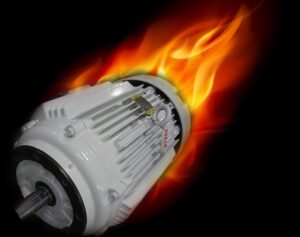 If the washing machine motor gets hot during operation, this does not bode well. The motor, in this case, begins to work less efficiently, and the risk of damage increases. In addition, an overheated device can cause a fire, so such a malfunction cannot be left unattended. Let’s figure out what could be the reason for the increased temperature of the engine, how to repair the “home assistant” and return it “to operation.”
If the washing machine motor gets hot during operation, this does not bode well. The motor, in this case, begins to work less efficiently, and the risk of damage increases. In addition, an overheated device can cause a fire, so such a malfunction cannot be left unattended. Let’s figure out what could be the reason for the increased temperature of the engine, how to repair the “home assistant” and return it “to operation.”
Is there really excessive heating going on?
When operating the washing machine, the user must follow all the rules and periodically check the condition of the “home assistant”. The temperature of the electric motor is one of the main indicators to be monitored. There is feedback here - the less the engine heats up, the more efficiently it works.
Before drawing conclusions about engine failure, it is necessary to familiarize yourself with the operating technical characteristics of the motor indicated by the manufacturer.
For some electric motors, even +100°C will be normal. Therefore, you should not think that the motor is faulty just because it is very hot. First, look at the instructions for the automatic machine and carefully study the section devoted to the description of the engine.
In most cases, when the engine is running, temperatures up to 60-70°C are considered normal. If it rises another 10-15 degrees, then you should focus on the problem and watch the engine. In this situation, engine diagnostics will be completely justified.Perhaps the cause of the problem will be poor cooling and to solve the issue it will be enough to improve it.
If the temperature of the electric motor reaches 100°C, it is necessary to seriously check the engine and identify the factor due to which its operation is disrupted. When the degree continues to rise higher, it is necessary to immediately turn off the power to prevent insulation damage and fire.
There are several ways to find out if the engine is overheating. Let's talk about each available method.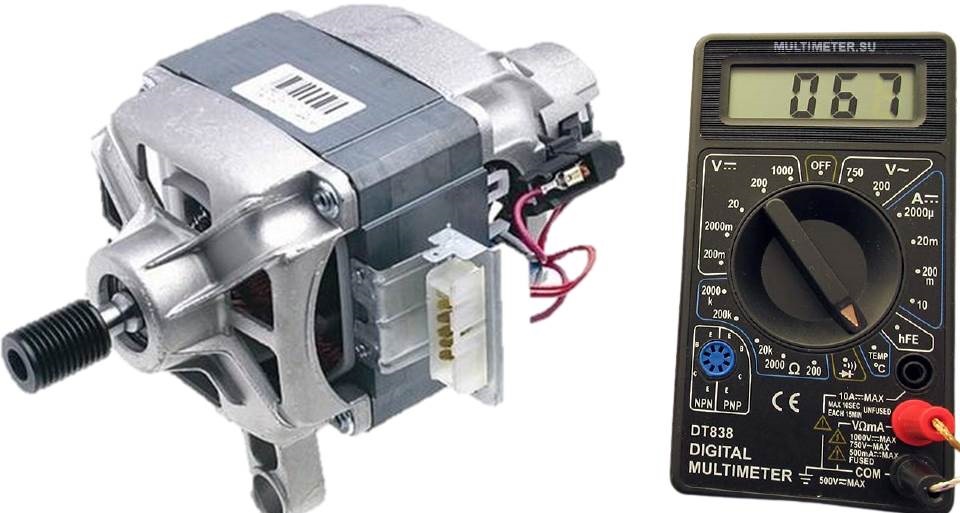
- Manual. You must touch the electric motor. If you can keep your hand on the casing for a few seconds, it has heated up to a maximum of 60°C and everything is fine.
- Using a contact thermometer. For measurements, a thermometer equipped with an external sensor is used. It is necessary to record the temperature in the center of the casing and in the area where the bearings are located. In these places, overheating is more noticeable.
- Using a thermal imager. By connecting the device to the motor, you can see all available overheating points on the device screen. This method is the most accurate and convenient, but the cost of measuring equipment is quite high and many simply cannot afford it.
- Using built-in sensors. In some modern 220 and 380 Volt motors, such posistors are built into the design, that is, they are installed in the device at the factory. They allow you to monitor the temperature of the engine in different areas. If there are no sensors, you can buy them and install them yourself.
Having decided to install posistors yourself, it is better to immediately ensure that the reaction to overheating occurs automatically.Then the information from the sensors will be supplied directly to the frequency converter, and then to the controller output. The protective device will promptly respond to the information received and behave as follows:
- when the engine heats up to 70°C, it will send information about this to the operator;
- when reaching 100°C, it will turn off the device to prevent its damage.
Of course, in domestic conditions, the manual method or the method using a thermometer is most often used. Thermal imagers and posistors are needed to monitor more powerful and larger electric motors.
Why does the electric motor overheat?
Having noticed that the engine of an automatic washing machine is overheating, it is better for the user to immediately identify why this is happening. There may be several reasons. Overheating is not always associated with violation of equipment operating rules. Any washing machine is subject to such a merciless factor as time - gradually the parts wear out, their usual performance indicators are disrupted.
The same applies to the “heart” of the machine. After several years of operation, the components of the engine wear out, the internal wiring is damaged, and this leads to overheating of the device. Generally speaking, there are several main reasons for the increase in operating temperature.
- Accumulated dirt. Dust and debris can get into the engine, clog the contacts and windings. In this case, the electric motor may not start at all, but only consume kilowatts and hum. If the protective device does not operate, the engine overheats under increased voltage. The solution to the problem will be cleaning the “internals”.
If an overheated engine continues to operate under high voltage, it may catch fire.
- Broken bearings.The wear of these elements leads to the engine constantly experiencing increased load. This may cause the device to burn out.
- Drive belt stretched or too tight. In both cases, the load on the electric motor increases. It is better to repair the washing machine as soon as possible, adjust the tension of the strap or install a new elastic band.
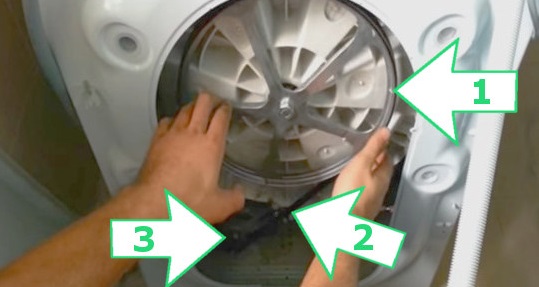
- Systematic drum overload. Each automatic machine is designed for a certain amount of laundry. If you exceed the maximum permissible weight set by the manufacturer, it will be harder for all internal components of the washing machine, including the engine, to work. To avoid problems, put as much clothing in the machine as allowed and distribute the items evenly inside the “centrifuge”.
So, sometimes repairs may not be needed at all. For example, when the machine overheats due to systematically exceeding the maximum permissible load weight. In other cases, you will have to “tamper” the washer a little by changing the bearings or drive belt, removing and cleaning the engine from dirt.
Only the rotor is hot
The rotating element of an electric motor is called a rotor. It is connected directly to the drive shaft. Rotary mechanisms vary in design and parameters, and differ depending on the engine model.
The engine rotor also tends to heat up. Typical reasons for this:
- discrepancy between the rotor power and the specific electric motor;
- breakage of the rotor winding;
- unsuitable capacitor;
- improper heat dissipation (the impeller ceases to perform its functions fully);
- bearing damage. The main symptom of such a breakdown is the rotor shaft not turning by hand.To fix the problem, replace the elements;
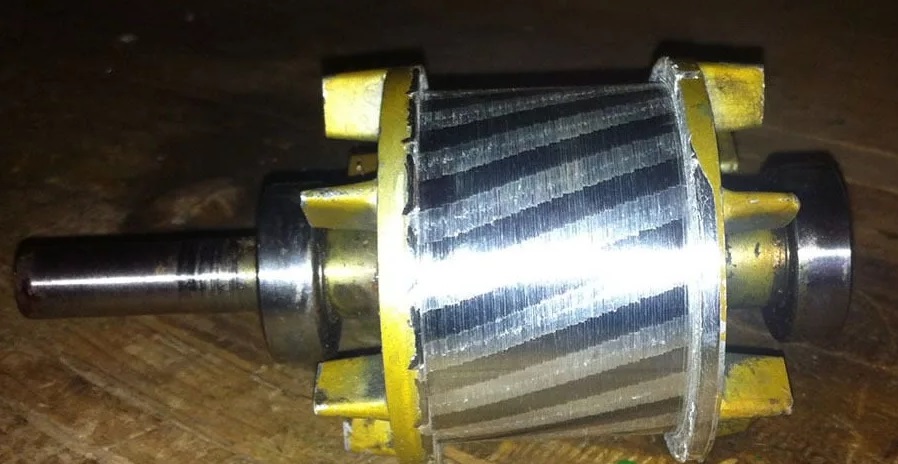
- poor contact or breakage of a short-circuited squirrel cage type winding;
- motor shaft wedge. In most cases, with such a problem, the machine is knocked out or the fuse is blown.
To prevent the rotor from overheating, do not subject the engine to increased loads, follow the operating rules and the established temperature conditions.
You can test the rotor winding with a multimeter. If the readings on the device screen are too high, the electric motor will need to be repaired.
Only the capacitor is hot
Users often notice that it is not the engine itself that overheats, but the capacitors provided in it. The main reason for this is the discrepancy between the capacity of the device and the power of the motor.
If the starting device overheats, purchase a new capacitor MBGO or MBGCH of appropriate capacity.
These types of capacitors are designed to operate on alternating voltage. They are distinguished by better cooling. When purchasing a starter, be sure to focus on the model and characteristics of the electric motor of your washing machine. Instead of one new capacitor of larger capacity, it is possible to add an additional device to the existing one. The devices are connected to the working and starting windings in parallel.
Interesting:
Reader comments
- Share your opinion - leave a comment


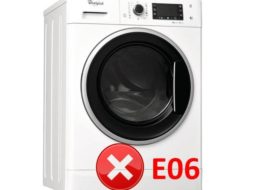
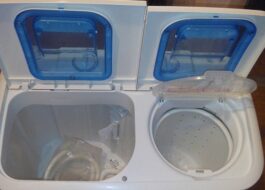
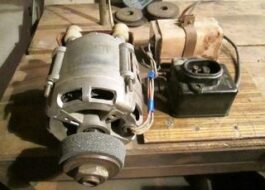

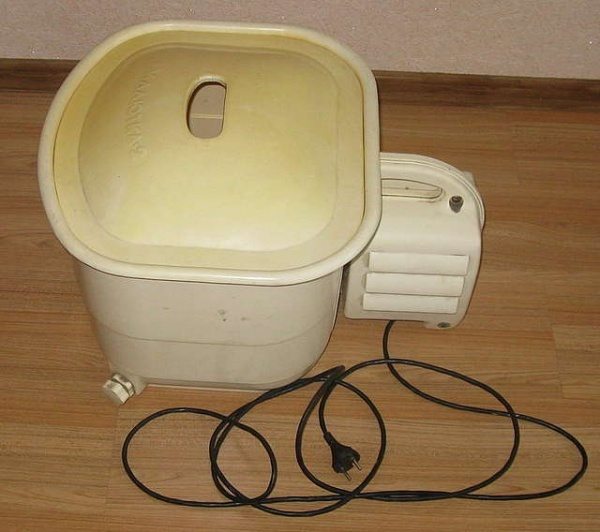














Add a comment